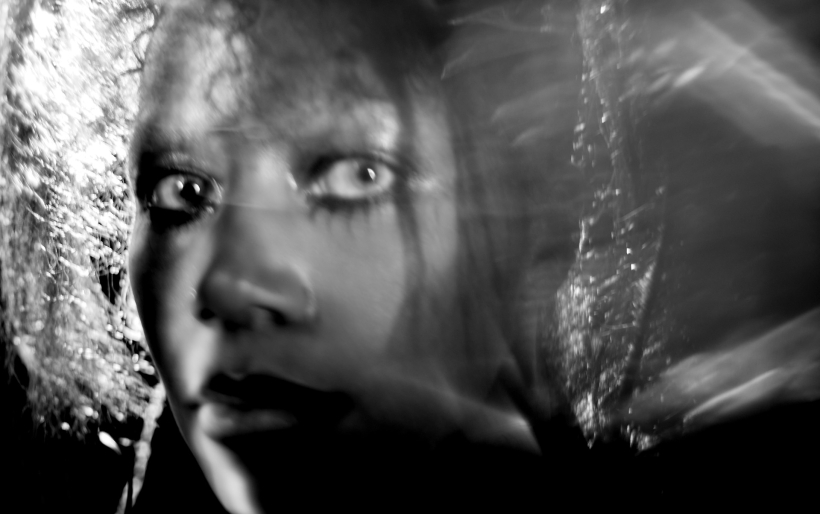“Brooklyn, we go hard.” I mean, yeah, it does. And yeah, she said it. But Santi White, better known as Santigold, is a Philly Girl at heart.In this seminal quote that was featured on the song from her first album and later sampled and looped by Jay Z on “Brooklyn Go Hard,” it would be easy to assume that Santigold is a born and bred Brooklynite. Thing is, she’s definitely a Philly jawn who honed her craft in the city of sisterly affection. So much so that she even still trips up when pronouncing the word for H2O. “I was recording something the other day and I said ‘wooder,'” Santigold said in a conversation on the phone last month. “And I was like, oh, hold up. Water.”Santigold grew up in Mount Airy, a relatively diverse secion of northwest Philadelphia, she attended school in the affluent outskirts of Chestnut Hill. In her neighborhood, Santigold was surrounded by other Black kids, but while attending Springside Chestnut Hill Academy she was found herself in a waspy homogenous environment. Even the nearby cricket club was a de facto whites-only space. “I mean, they didn’t say that outright, but that was the rule, you know? No Blacks, no Jews, no Indians,” says Santigold. “All my friends went there, they were members there and so that was my other world, you know?”
“Those were also very formative years, formative experiences that were challenging in so many ways,” she continues. “But I was also exposed to music that I wasn’t exposed to at home.”Back at the crib, Santigold’s parents had the sounds of Fela Kuti, Pharoah Sanders, and Nina Simone in heavy rotation. “My dad took me to see Fela Kuti when I was like seven at the TLA,” says Santigold. “We went to Third Street Jazz every Saturday and he would let me buy records. And that was the love of music that was passed down to me at home.”Through her older sister and friends, she was exposed to the likes of The Cure, Talking Heads, Bauhaus, and Joni Mitchell. Clearly, the young music aficionado had a wide pool to pull from. And if there’s one thing about Santigold and how she presents her music to the world, her stylings know no boundaries. Over the years and under her current moniker and as part of the early aughts punk outfit Stiffed, Santigold has experimented with dancehall, Afrobeat, punk, gospel, and hip-hop genres just to name a few. If you bring up Santigold to almost any Philadelphian old enough to know, they will almost without fail reference her songwriting work on fellow Philadelphian musician, Res’ 2001 debut album, How Do I. Santigold’s work on this project garnered her a lot of attention, despite her wanting to keep her head down and focus solely on writing — at this point, she was lacking the confidence to begin singing and performing. Shortly after finishing the Res project, Santigold moved back to Philly after living in Brooklyn for a spell. “I just wanted to make a record and I moved back to Philly because I could disappear and do it without any eyes on me,” says Santigold.It was at 412 Girard Avenue, at a small venue called The Fire, that Santigold honed her singing and performing chops at a weekly event called The Clap. The event was run by Rich Nichols, the long-time manager of The Roots. “I learned how to sing and I learned how to perform without any judgment with friends in just super mellow environment,” says Santigold. “And that’s what I love about Philly – It’s a great place to formulate an idea.”If you’ve seen any Santigold performance from the last 15 years, you’d know that it’s a far cry from her shy beginnings. The level of presence and intentionality is exceptional, to say the least. Each album and each corresponding tour has a specific theme. We saw stoic militarism in the self-titled debut album. With the 2016 release 99 Cents, Santigold focused on images of consumerism.
